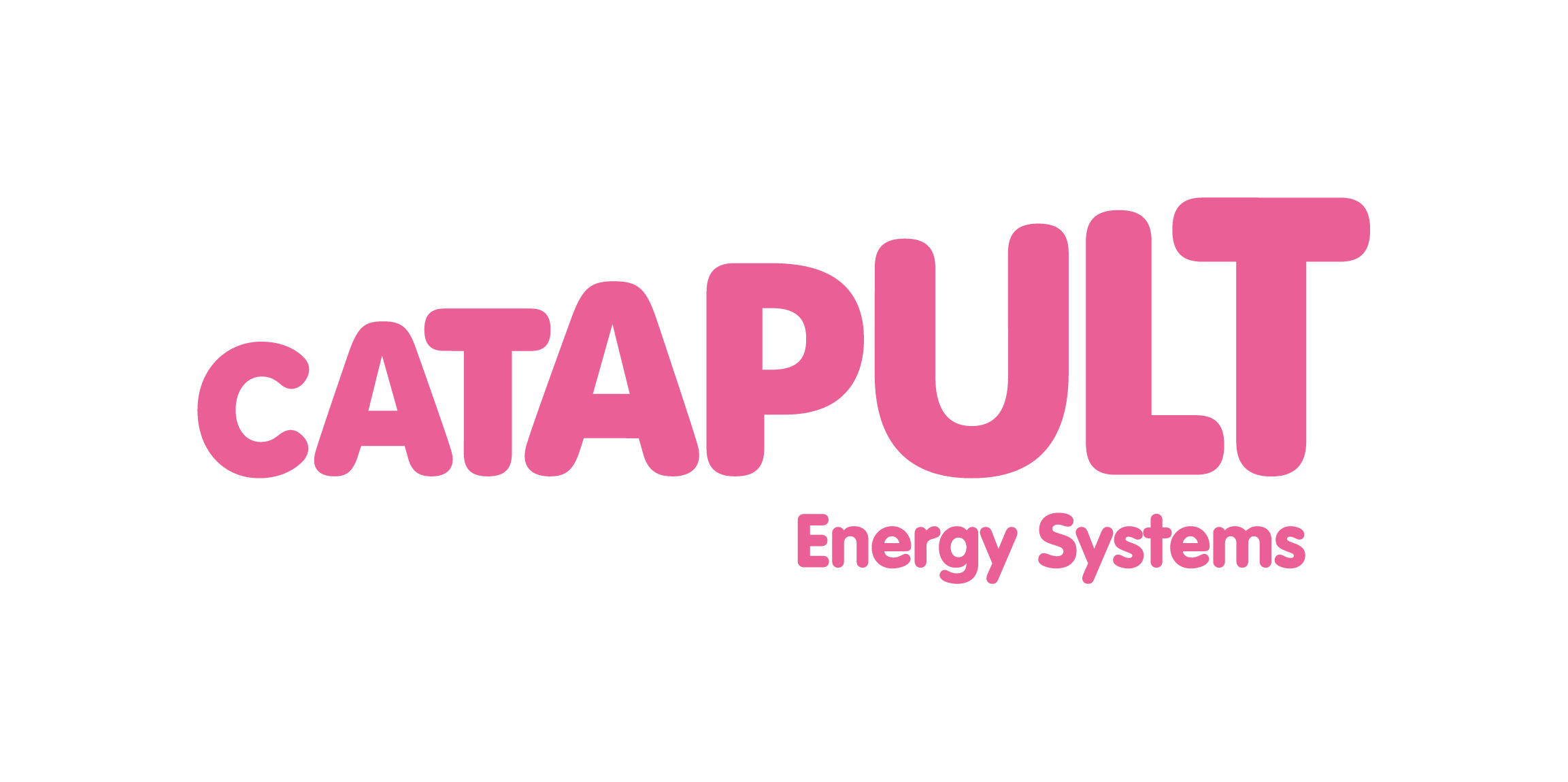This assessment tool identifies areas for improvement within your organisation’s operational model to unlock and support scaled delivery of decarbonisation.
Background
The Modern Energy Partners Programme (MEP) (funded by the Science and Innovation for Climate and Energy Directorate (SICE) in DESNZ (formerly BEIS), which operated between April 19 and September 21) researched innovative approaches to decarbonising complex public sector sites. It found that there were a number of barriers to be unlocked to enable decarbonisation to happen systematically and become business as usual (BAU). Many of those barriers were around how an organisation operates and structures itself for action to be taken.
As a result, and sponsored by the Public Sector Decarbonisation Team at the former BEIS department (now DESNZ), Energy Systems Catapult (ESC) then set out to further examine those challenges and better understand what organisational capability is required to decarbonise, using the concept of operating models as a research framework, and seeking to identify a “Net Zero Target Operating Model”. The research was written up in the Net Zero considerations for public sector bodies report and this assessment tool was developed to help organisations understand where the barriers could arise.
A Target Operating Model (TOM) was defined as:
'A way of breaking down an organisational system into components, showing how it works, helping understand the whole'.
Research showed that a model can be broken down into key attributes:
- Leadership and purpose: capturing strategy and values.
- Governance and process: capturing decision-making and internal reporting.
- People and capabilities: capturing skills and capacity within the department, sector, and supply chain.
- Organisational structure: capturing the way the organisation is set up and how individuals and teams interact within it.
When to Use This Tool
This tool should be used when developing your decarbonisation strategy. It provides a foundational assessment of your organisation's current operating model, therefore highlighting areas for improvement. These can then be addressed when setting out your decarbonisation strategy.

